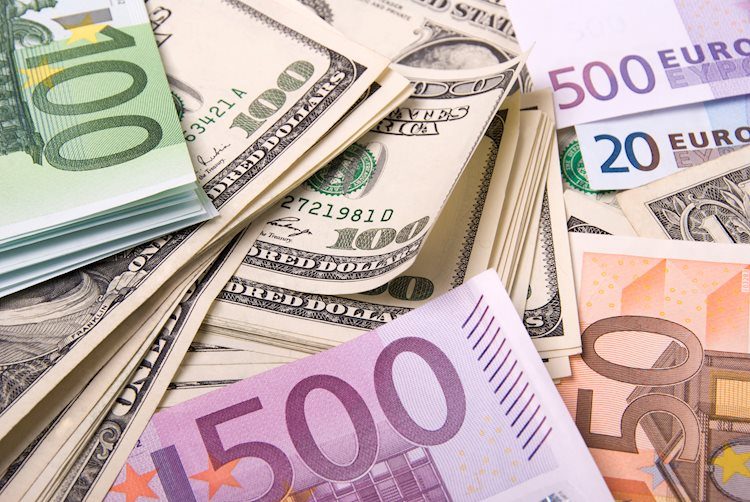The European Central Bank (ECB) meeting held in June has garnered attention, especially with the publication of the minutes. According to ING FX analyst Francesco Pesole, some members were not in agreement with the decision to cut rates. This has led to speculation about the future direction of the Euro, with expectations that it will remain within the 1.08/1.09 range.
The decision to cut rates in June was seen as a result of pre-commitments rather than a strong intent to initiate an easing cycle. The minutes highlight the importance of data dependency, particularly focusing on wages. The stickiness of wages has made many ECB members cautious when discussing further easing measures. Despite this, there is growing confidence in the ECB’s staff economic projections by the Governing Council. These projections, which are optimistic on disinflation by the end of 2025, may justify two more rate cuts by the ECB this year. However, market pricing is currently less dovish, at 38 basis points.
As a result of the discussions at the ECB meeting, the EUR/USD pair is expected to move within the 1.08/1.09 range. Additionally, there is a lingering risk of a re-widening in French bond spreads after Sunday’s second round election, which could cap the upside potential for the Euro. With uncertainties surrounding the future monetary policy decisions of the ECB, investors and traders are closely watching the developments in the markets.
The minutes of the ECB meeting have shed light on the differing opinions within the Governing Council regarding the need for further easing measures. While some members were in favor of rate cuts, others were more cautious due to the importance of data dependency. The stickiness of wages has been a key factor influencing the decision-making process, with many members taking a wait-and-see approach. This has led to speculation about the ECB’s future actions and the impact on the Euro’s exchange rate.
It is evident from the discussions at the ECB meeting that there is a divide in opinions regarding the economic outlook and the need for additional stimulus measures. Despite growing confidence in the ECB’s economic projections, there is still uncertainty about the future path of monetary policy. This has contributed to the Euro remaining within a narrow range, with the potential for upside movements limited by external factors such as political events. As investors continue to monitor the situation, the Euro’s exchange rate is expected to be influenced by key economic data releases and geopolitical developments.
In conclusion, the minutes of the June ECB meeting have provided insights into the central bank’s decision-making process and the factors influencing future policy actions. The cautious approach taken by some members reflects the uncertainty surrounding the economic outlook and the impact of external events on the Euro’s exchange rate. With the Euro expected to remain within a narrow range in the near term, investors and traders will need to closely monitor developments in the markets to anticipate potential movements in the currency pair.











